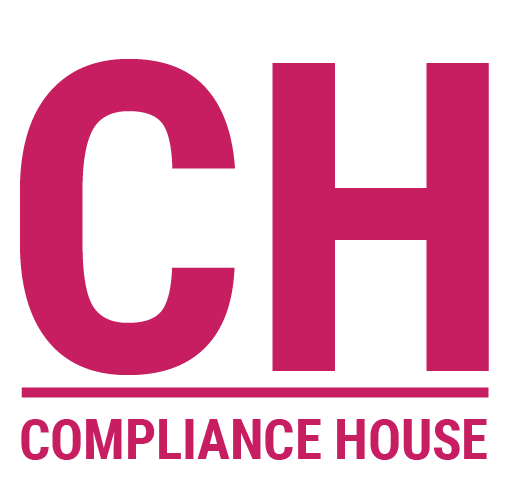Most organizations have a Code of Conduct, anti-corruption policies, and procedure manuals. Yet many employees either don’t read them, don’t understand them, or don’t follow them. This isn’t always due to carelessness — often, it’s the result of policy fatigue: the overwhelming volume, complexity, or inaccessibility of compliance documents. At Compliance House, we help companies transform policies from dusty PDFs into living, working tools that actually guide behavior.
Policy fatigue is real. When employees are faced with dozens of long, legalistic documents, they tend to disengage. Policies are skimmed at best, or ignored entirely. Worse, if the language is vague or inconsistent, employees may misinterpret rules or feel uncertain about how to act. In such cases, policies don’t just fail — they may inadvertently create risk.
A key issue is overproduction. In an effort to cover every scenario, companies often end up creating a sprawling library of overlapping policies. This can lead to duplication, confusion, and a lack of ownership. Employees don’t know which document to consult or who to ask for clarification. And when policies are seen as out of touch with real operations, compliance becomes a formality rather than a trusted resource.
The solution isn’t fewer policies — it’s better ones. At Compliance House, we focus on clarity, structure, and usability. A good policy should be easy to read, aligned with company values, and directly linked to employee responsibilities. The goal is not to impress regulators with complexity, but to enable the people who are expected to apply these policies every day.
Our approach begins with a policy landscape review. We assess which documents are essential, which are outdated, and where gaps or inconsistencies exist. Then we help streamline and harmonize content — simplifying language, eliminating duplication, and organizing information in a way that’s intuitive for the reader. Policies are tailored by audience, and wherever possible, we translate them into plain language supported by real-world examples.
Format also matters. A well-structured policy with headlines, key definitions, and visual guidance is far more engaging than a 20-page block of text. We also recommend publishing policies on accessible platforms — with search functionality, cross-links, and embedded resources that make navigation easy.
Equally important is how policies are communicated. Launching a new policy shouldn’t be an email attachment — it should be a campaign. Use short videos, infographics, manager briefings, and internal discussions to explain why the policy exists, what has changed, and how it connects to daily work. Reinforce the message over time, not just at launch.
In the end, policies are not about compliance departments — they’re about the people who use them. If a policy isn’t understood, followed, or trusted, it simply doesn’t work. But with the right design and delivery, your policies can become one of the most powerful tools in your compliance program.
Need help revitalizing your compliance policies and making them truly user-friendly? Contact Compliance House today to build a policy architecture that informs, guides, and protects.





